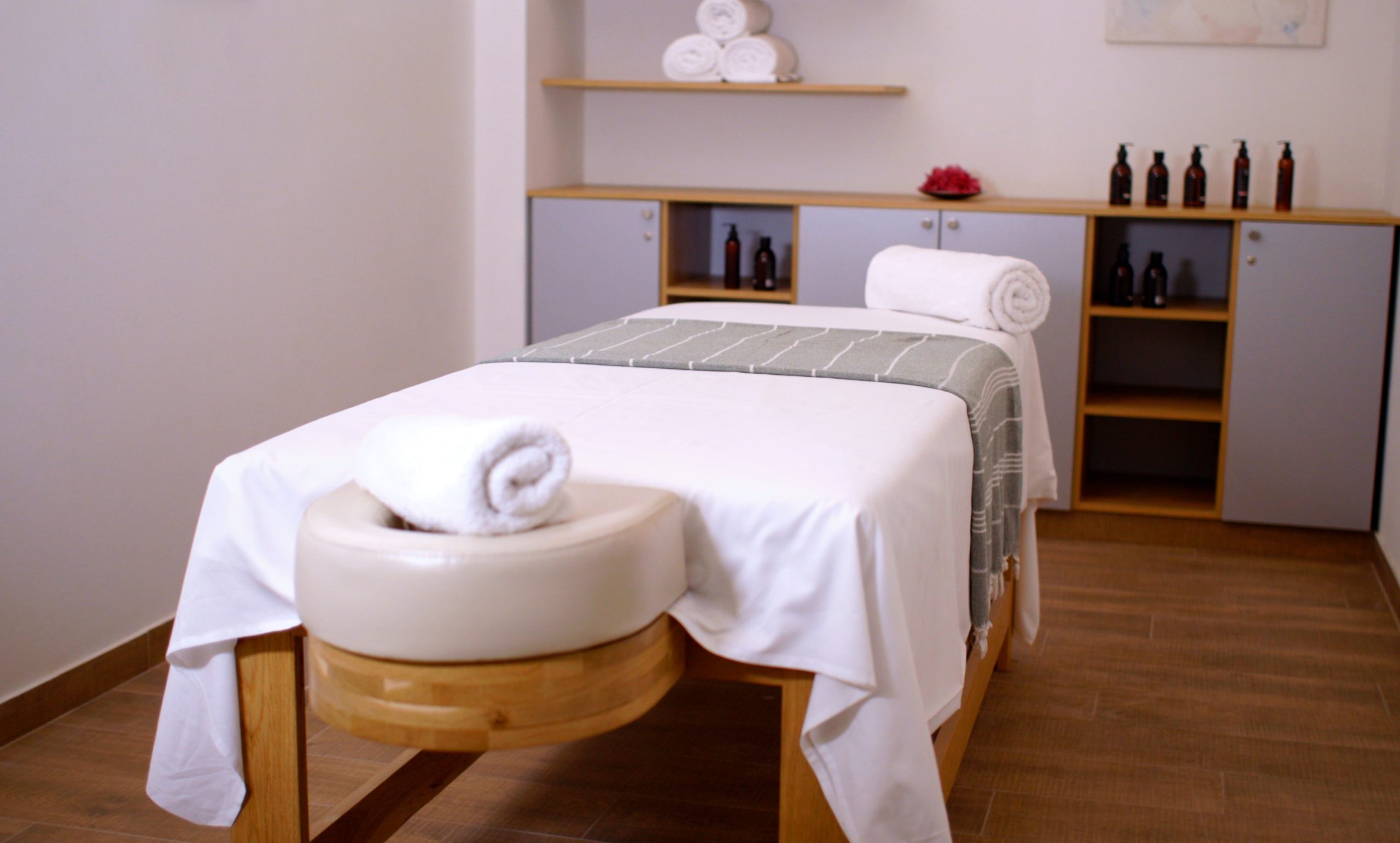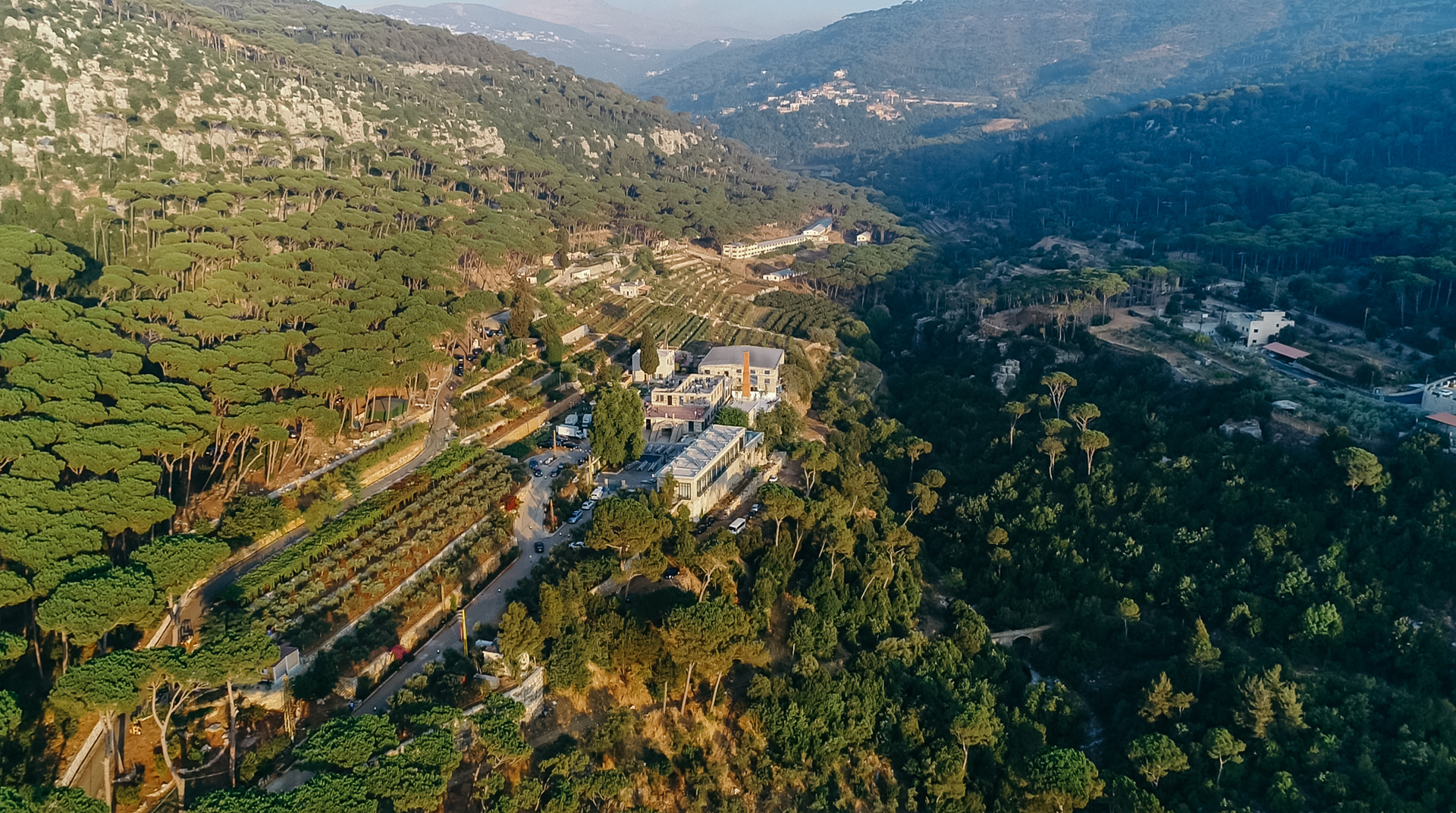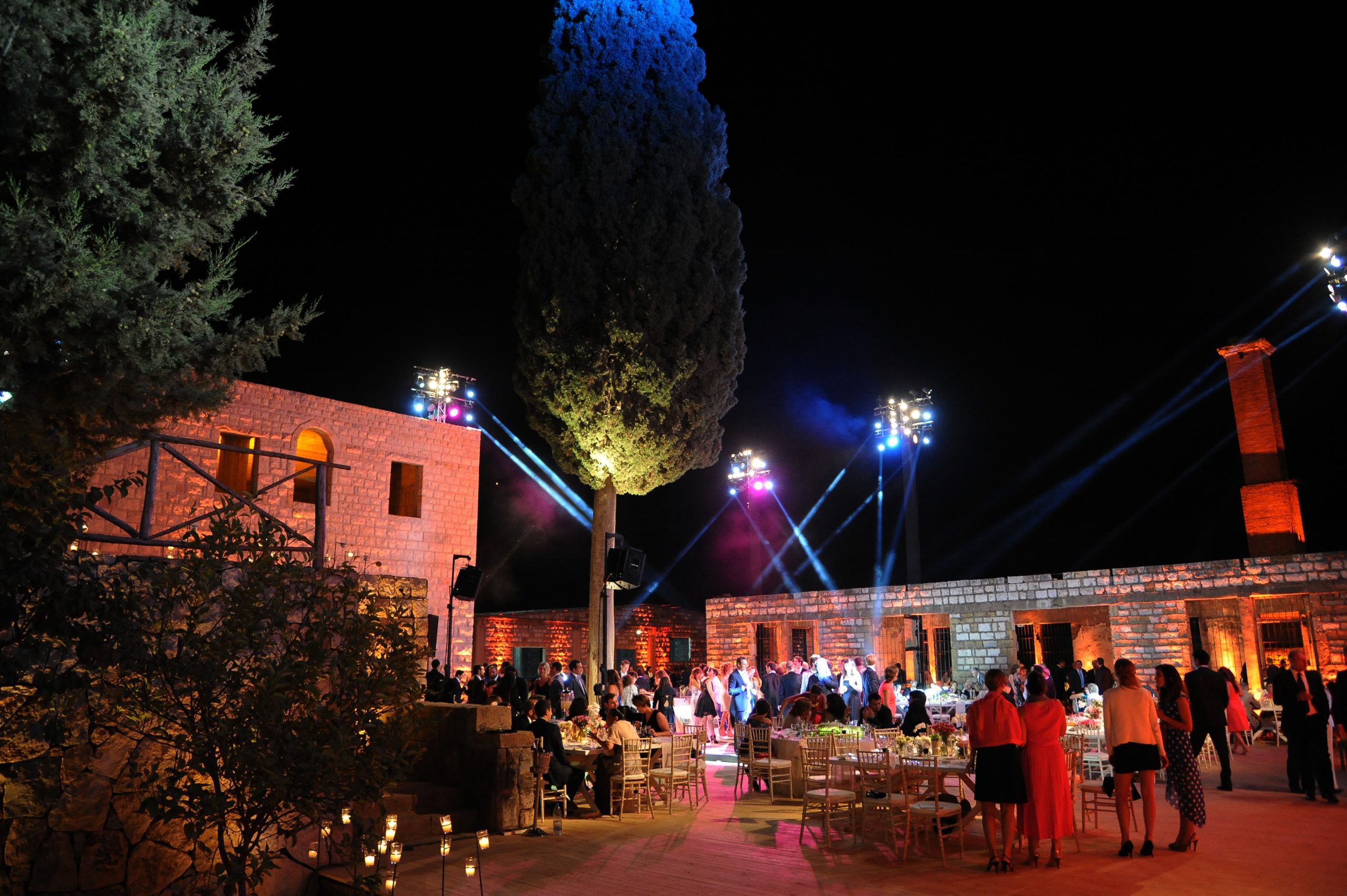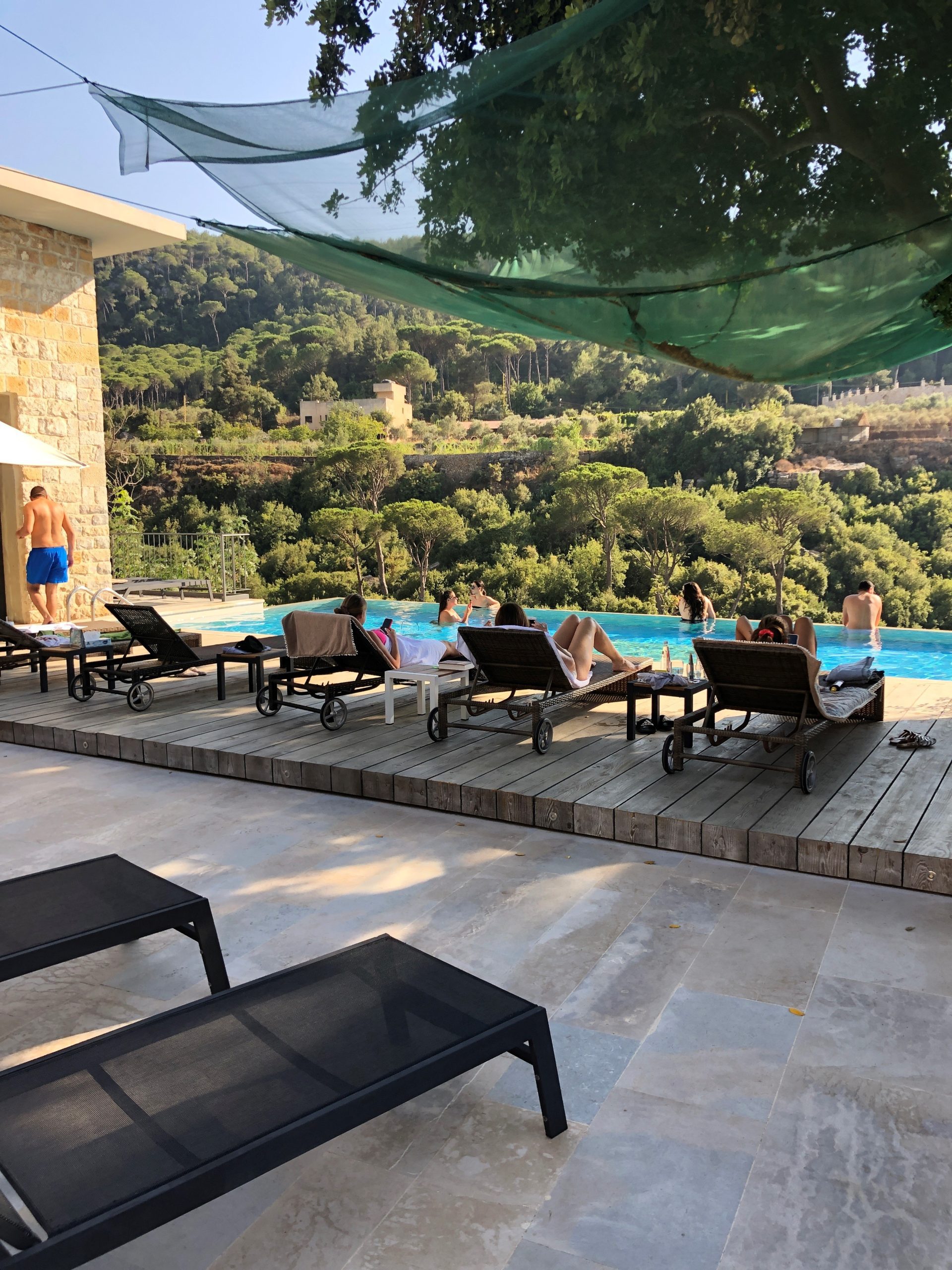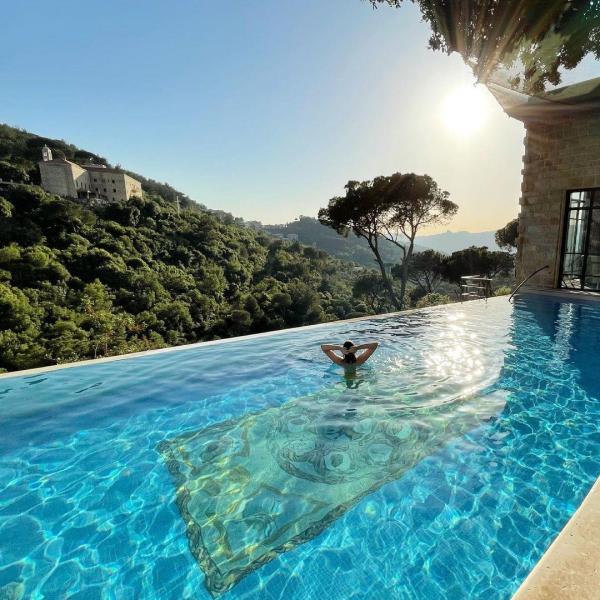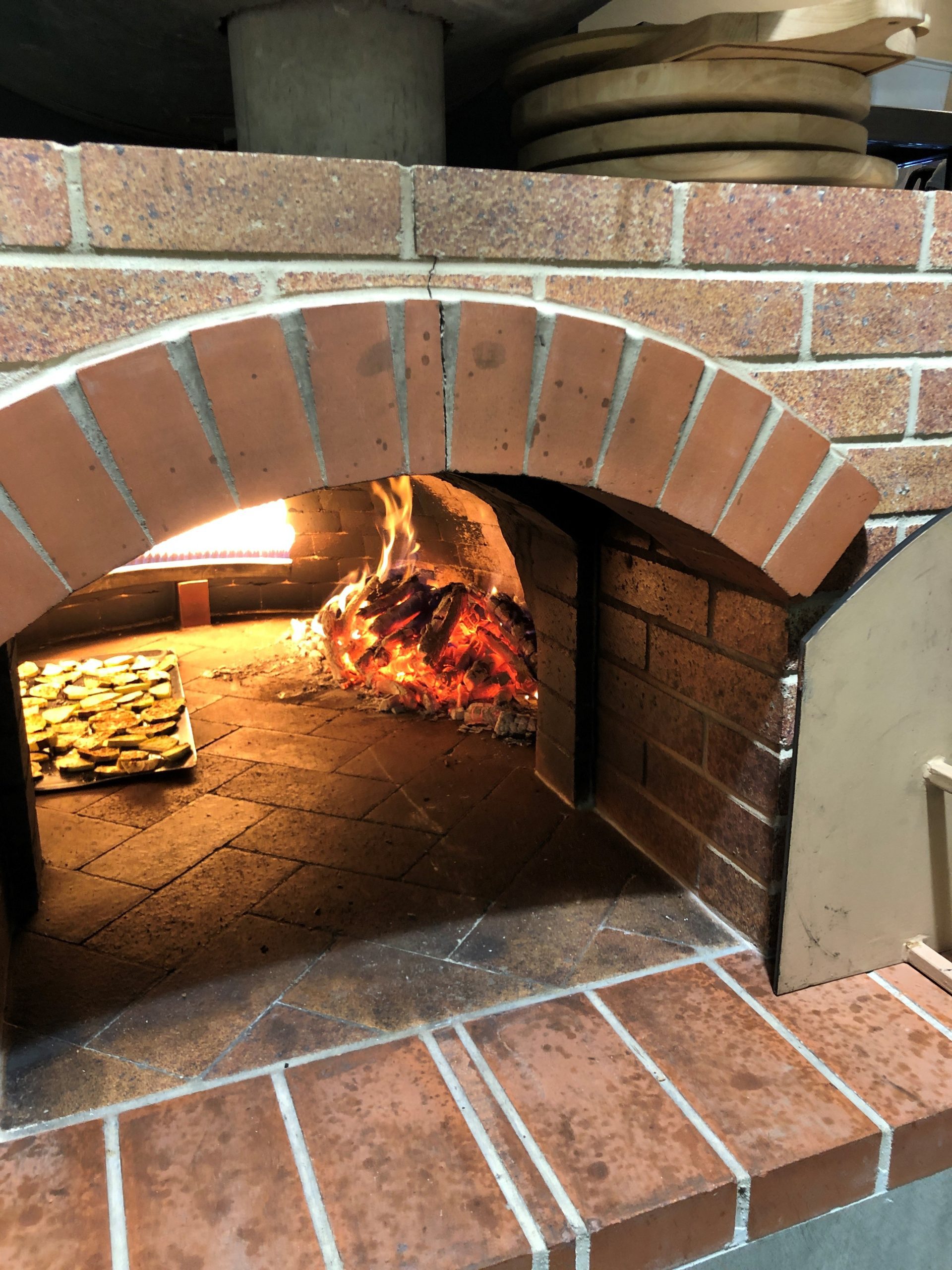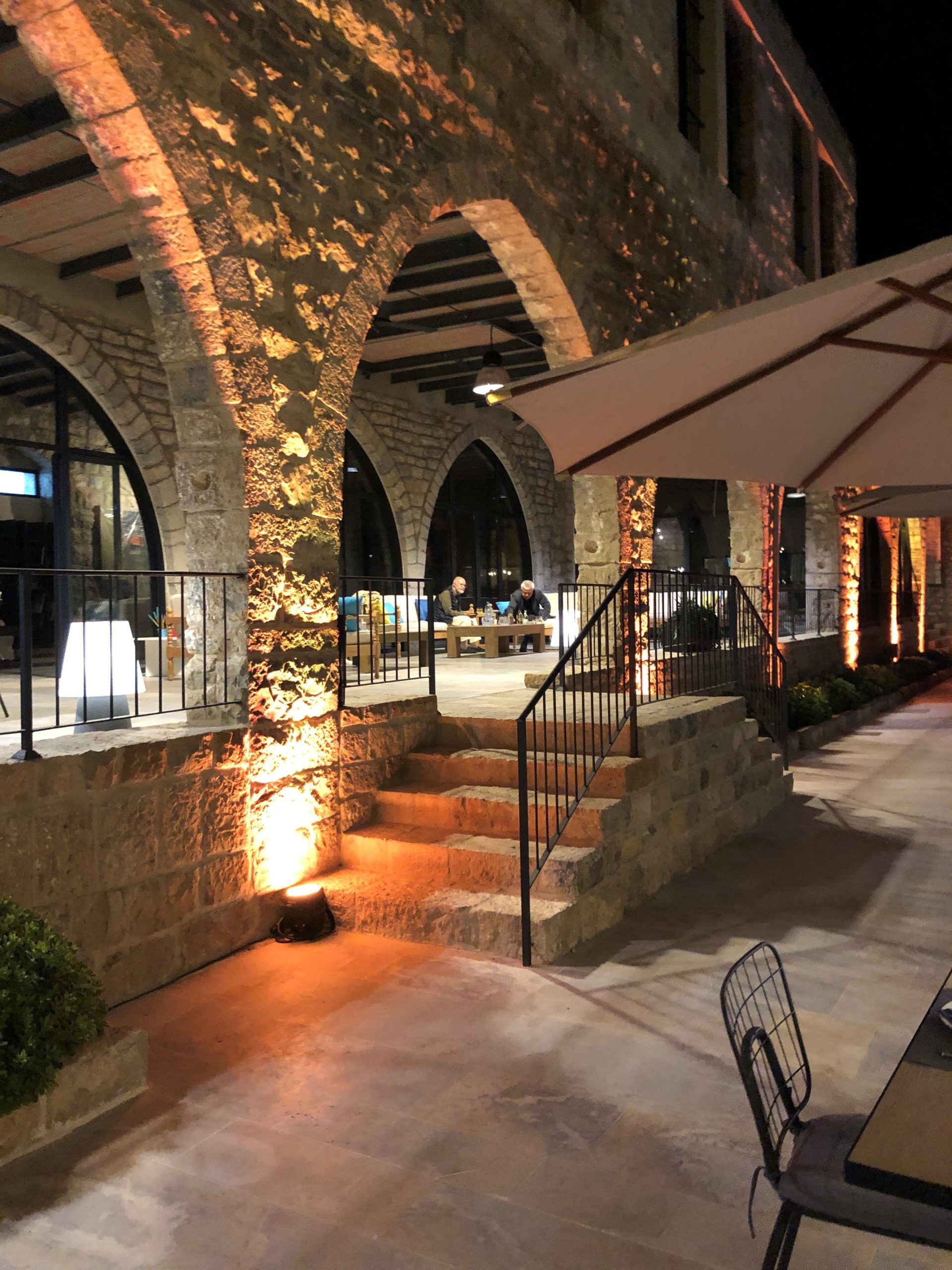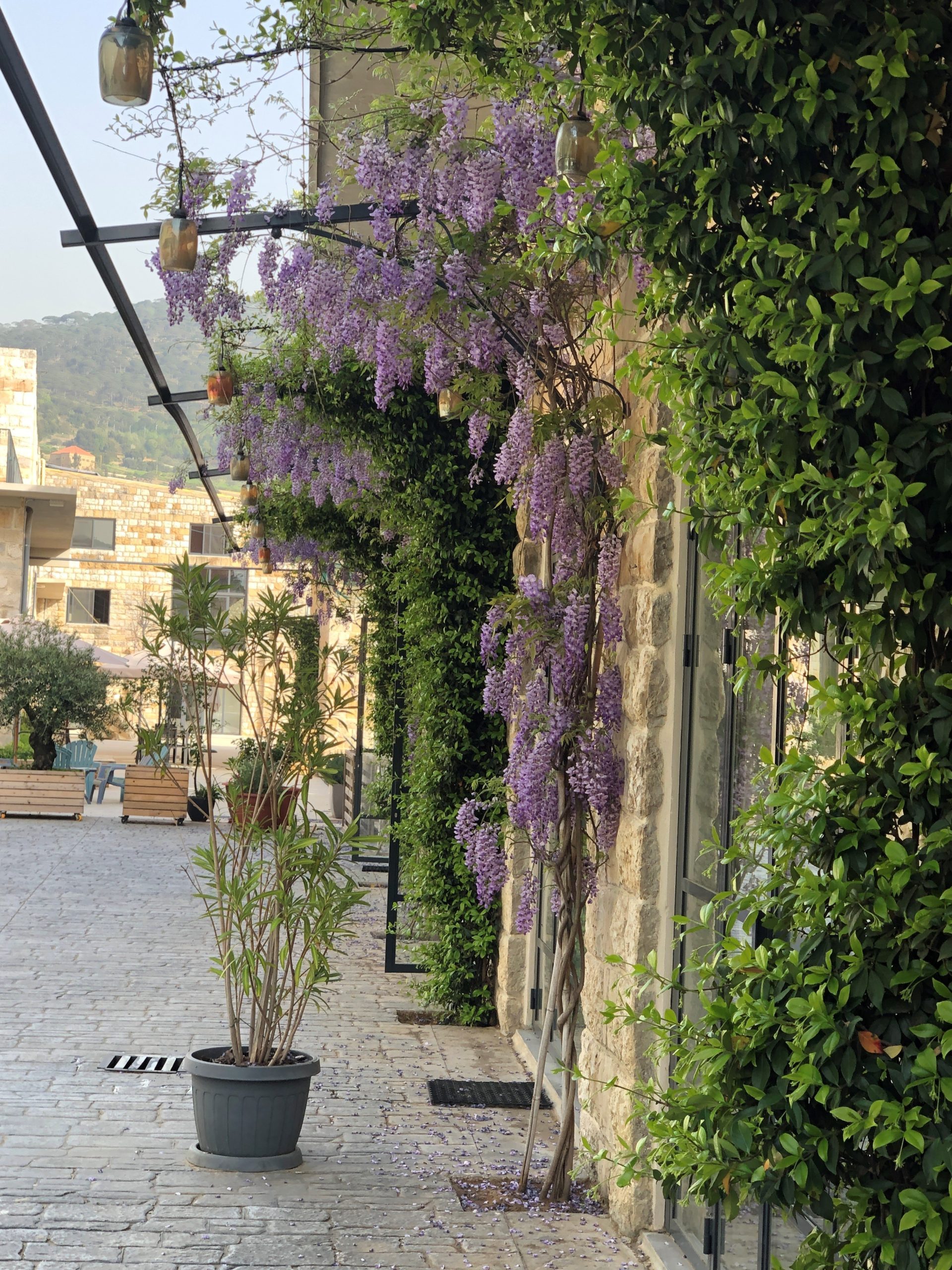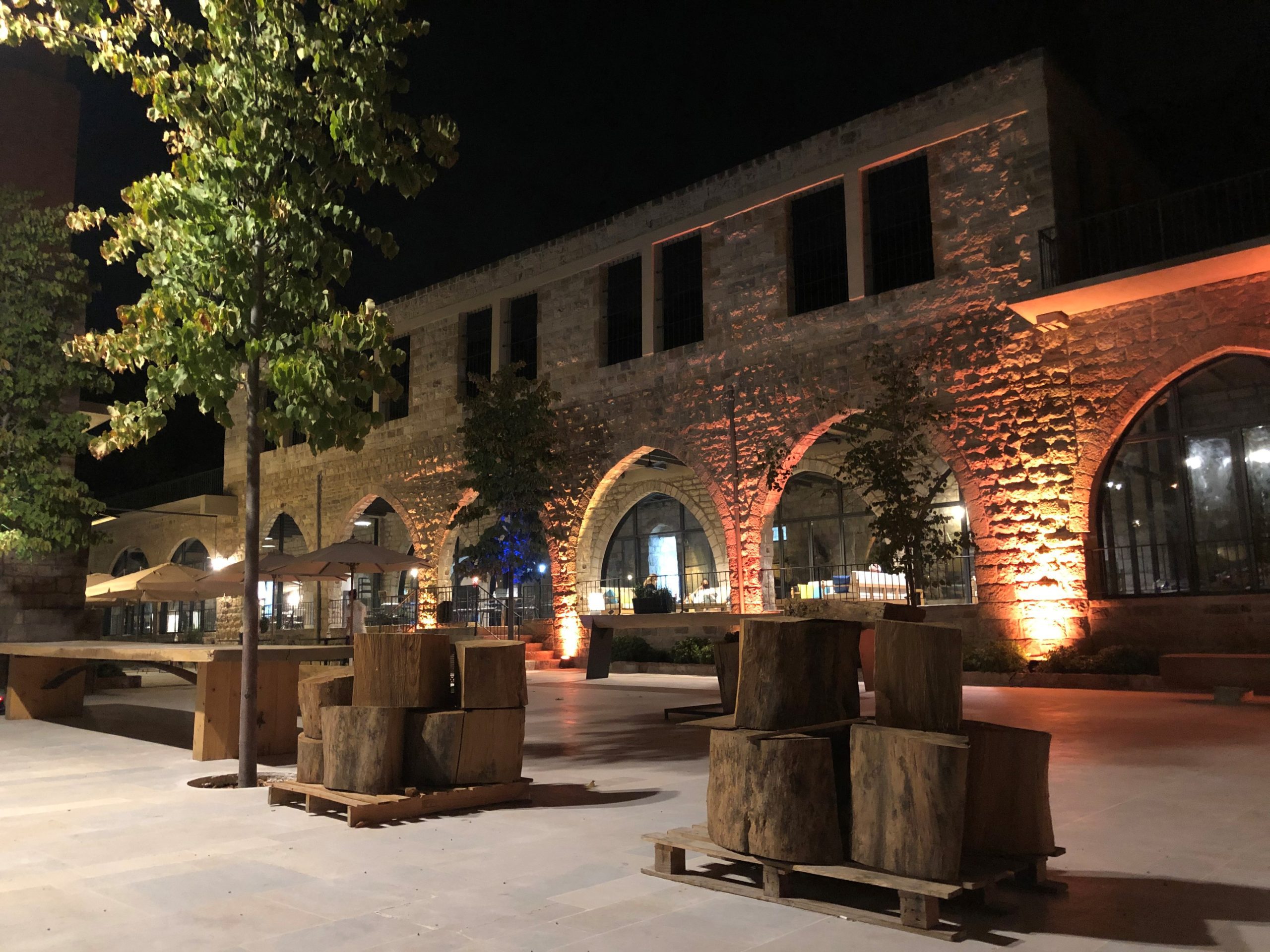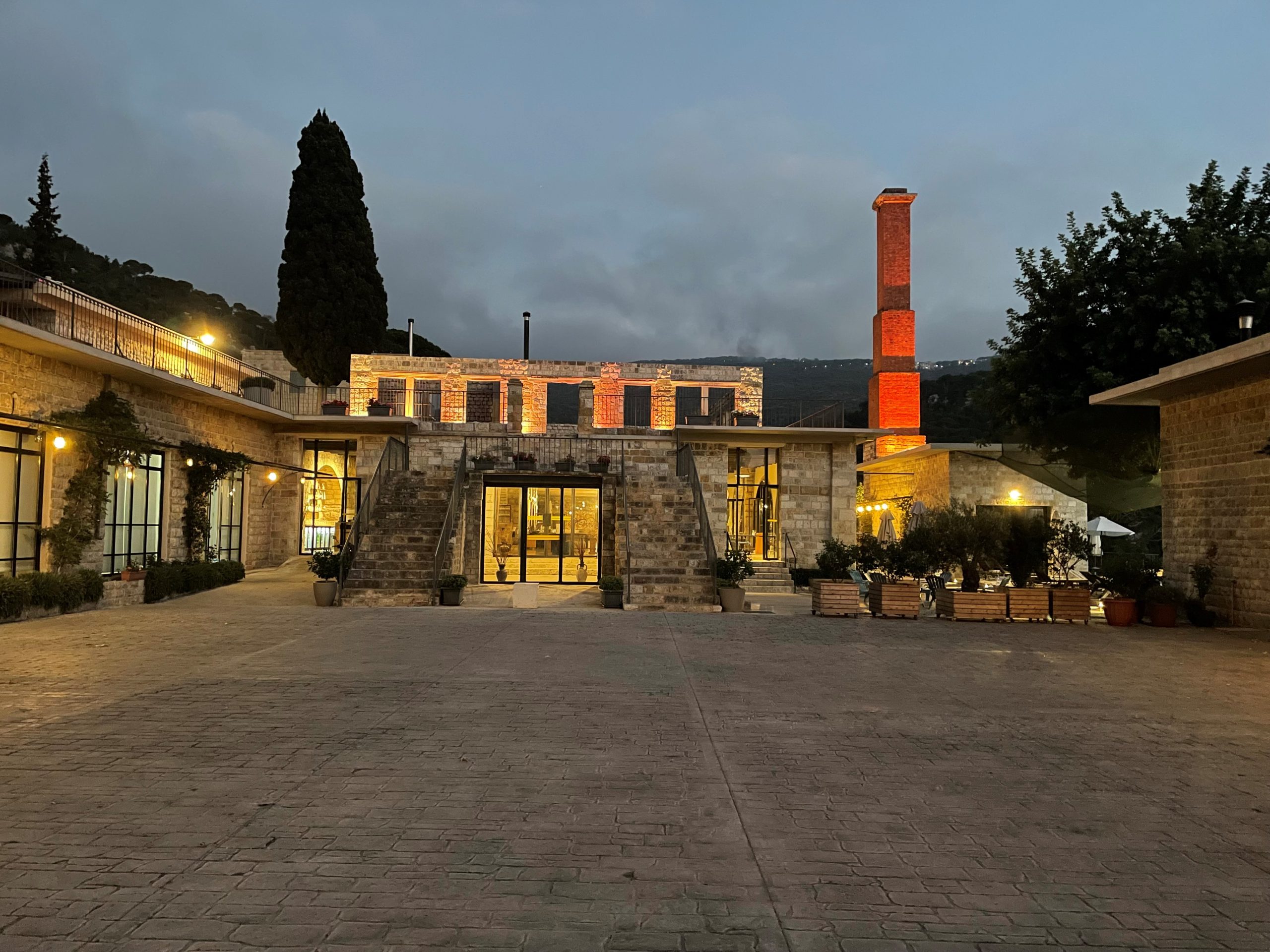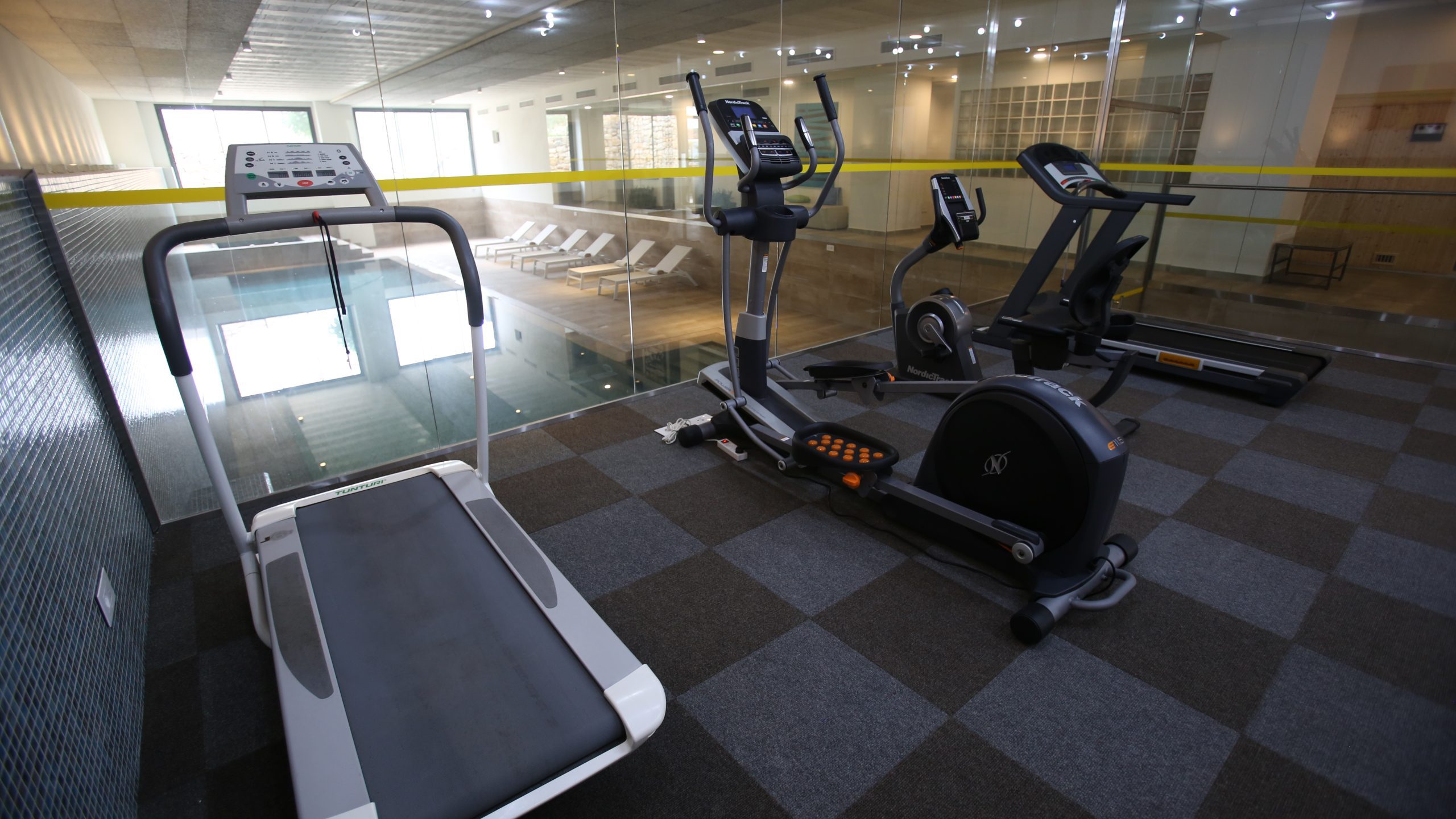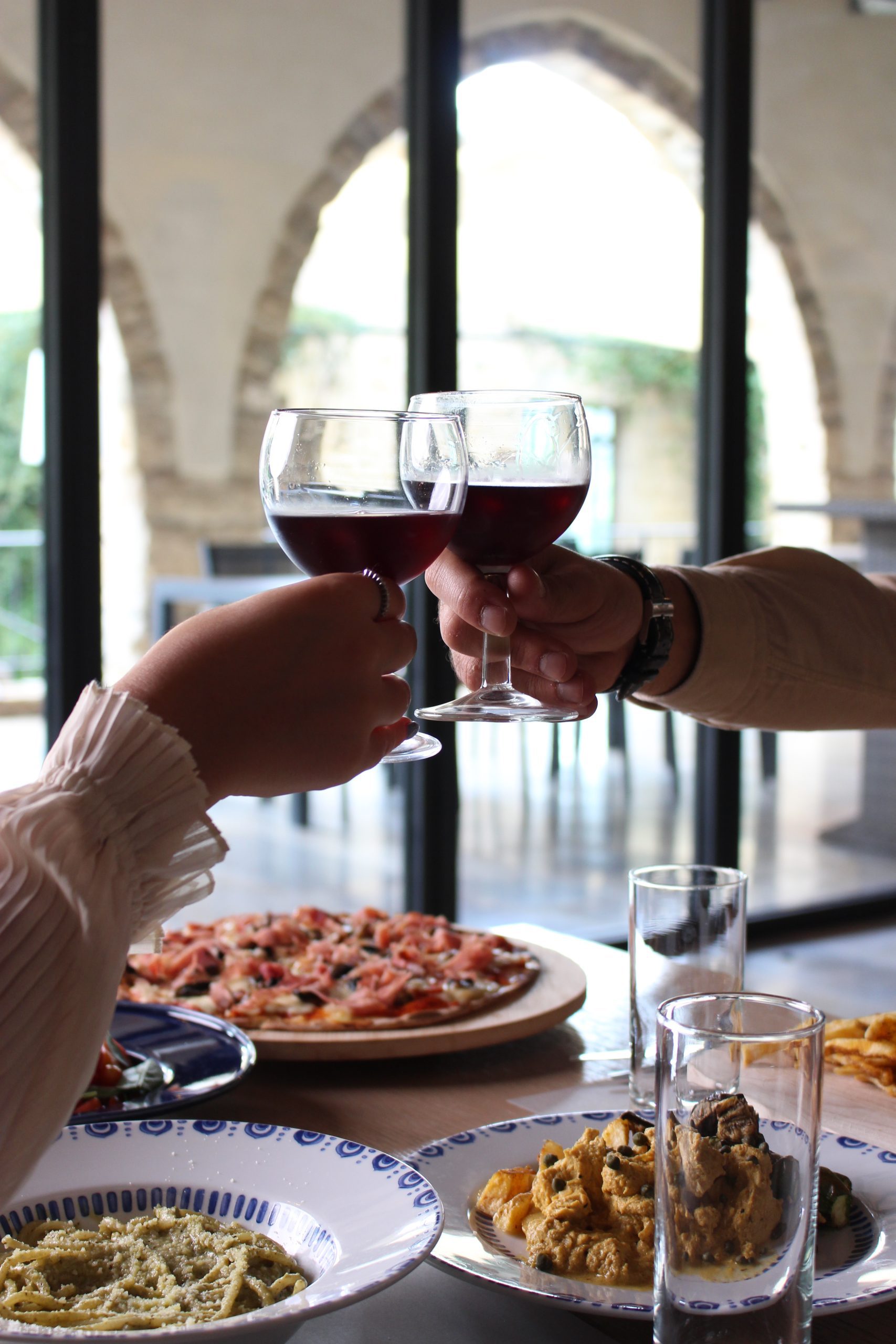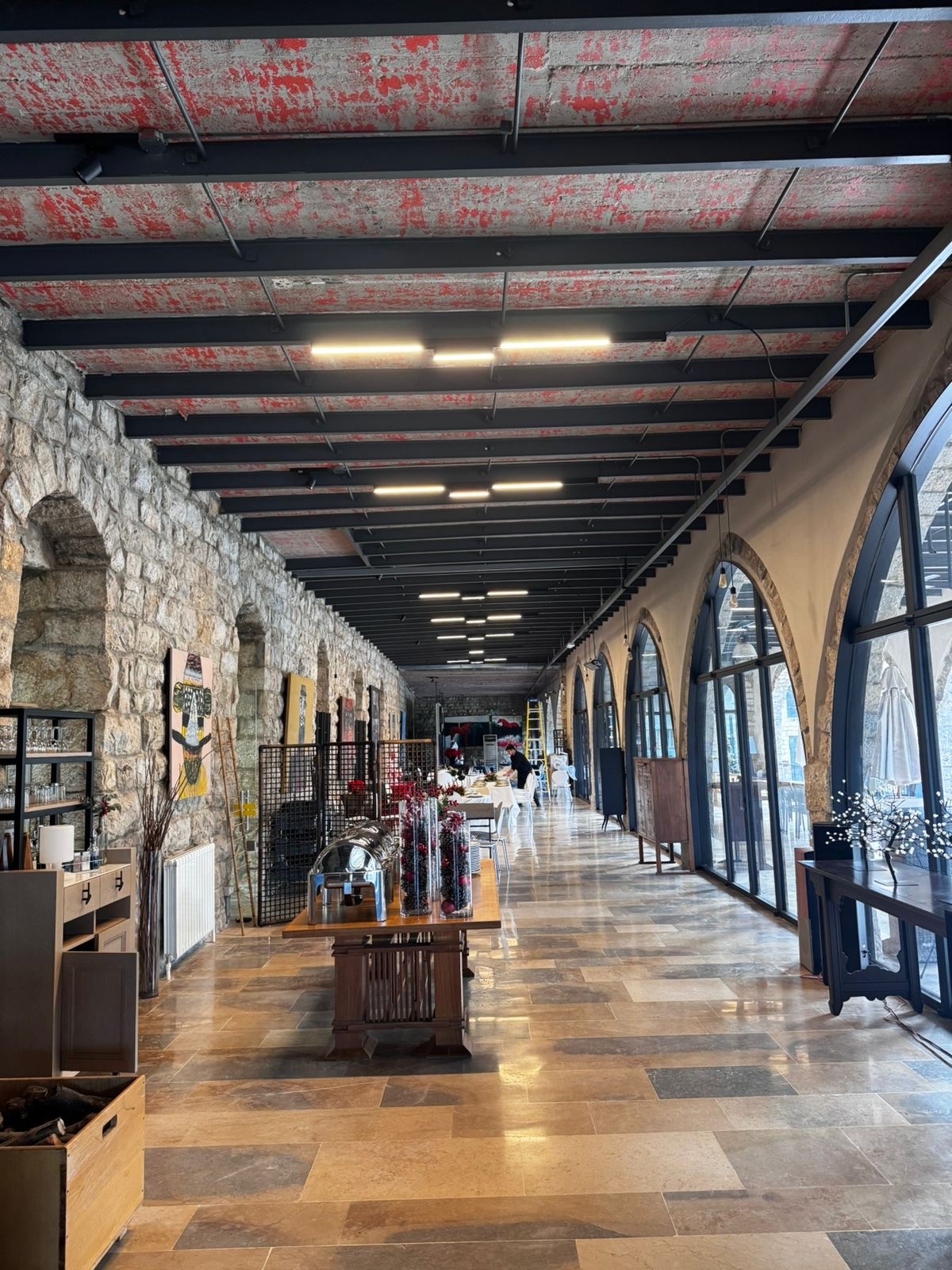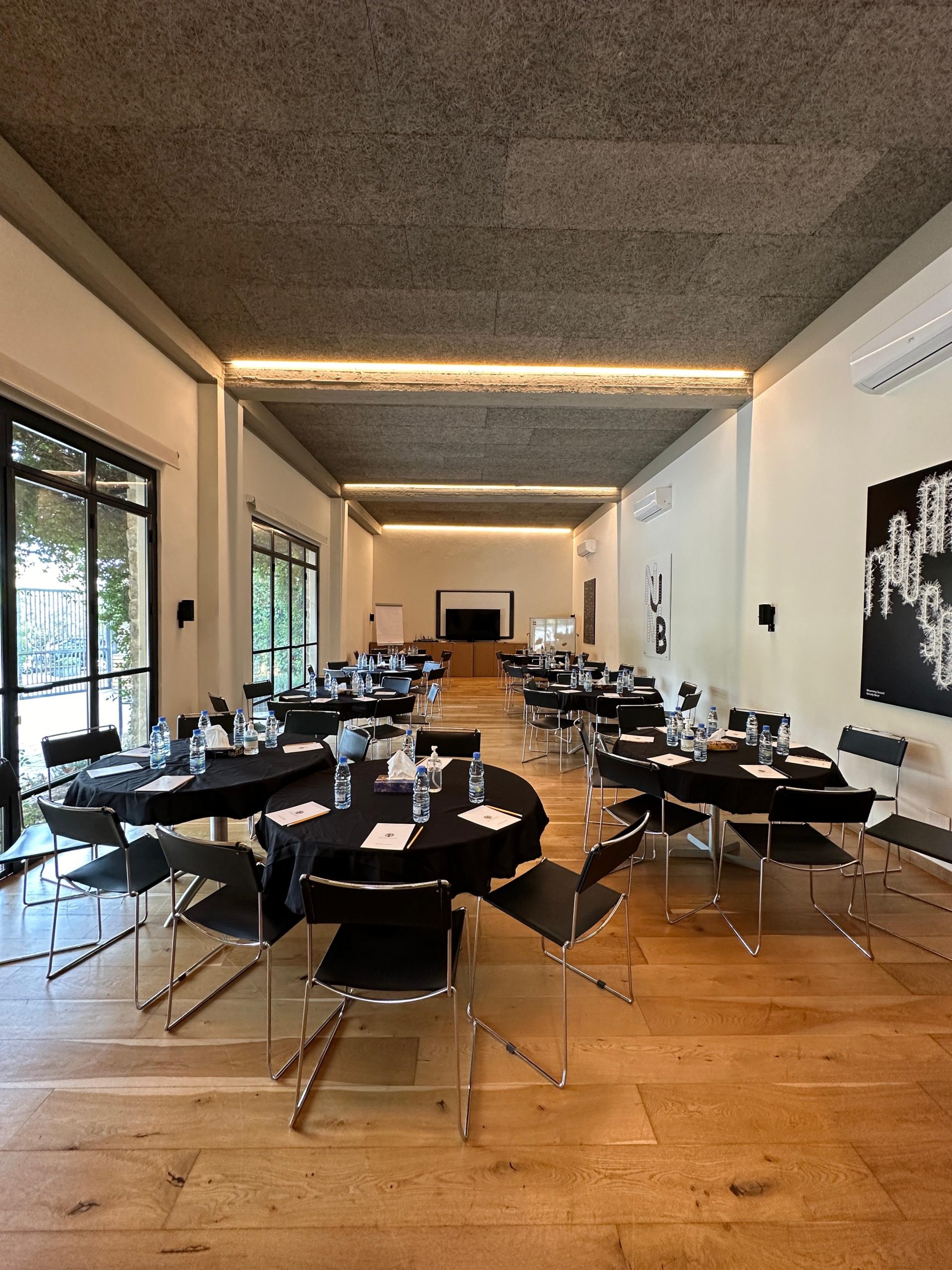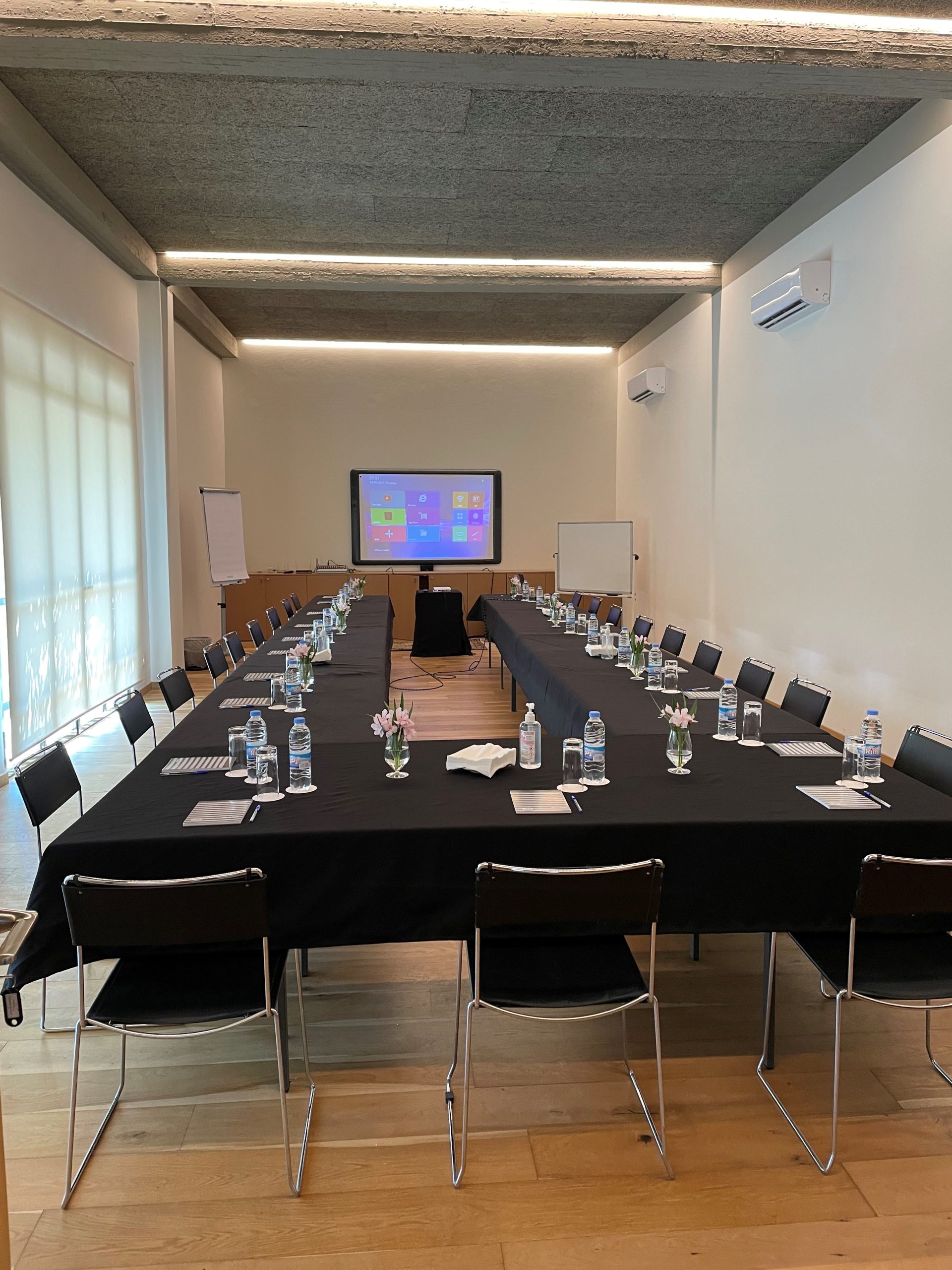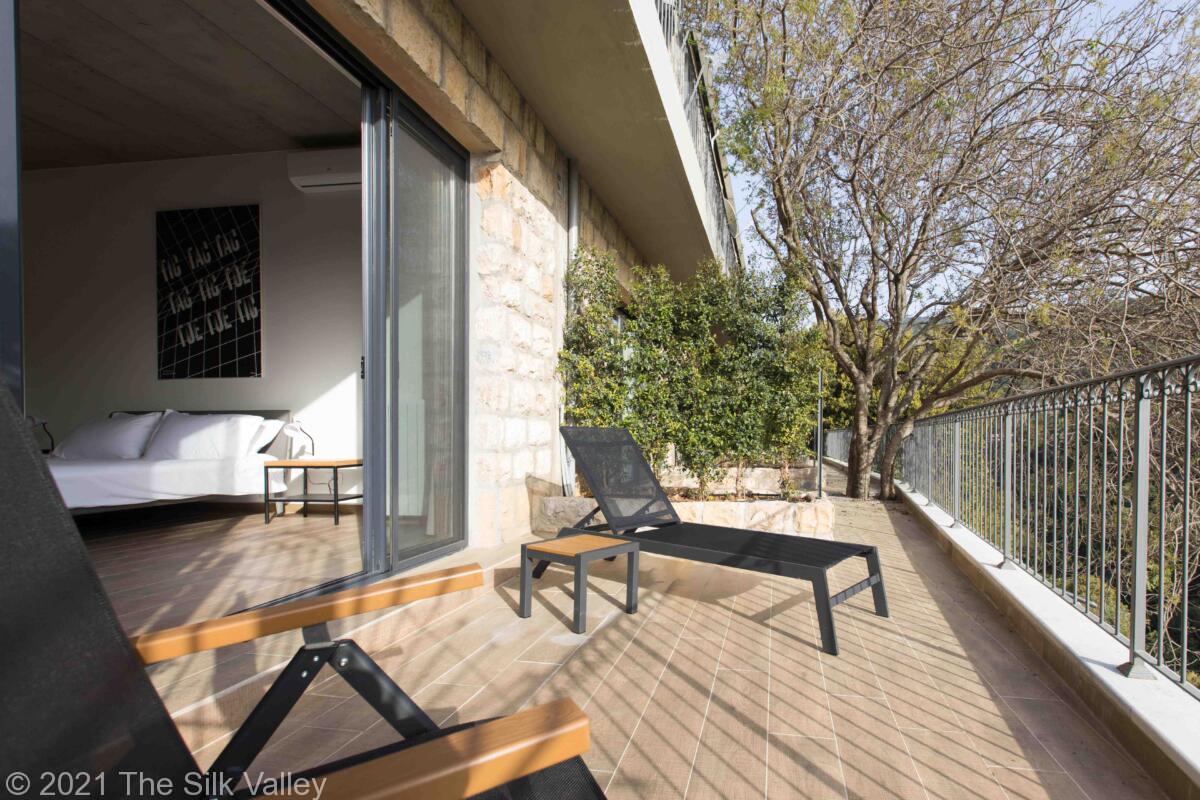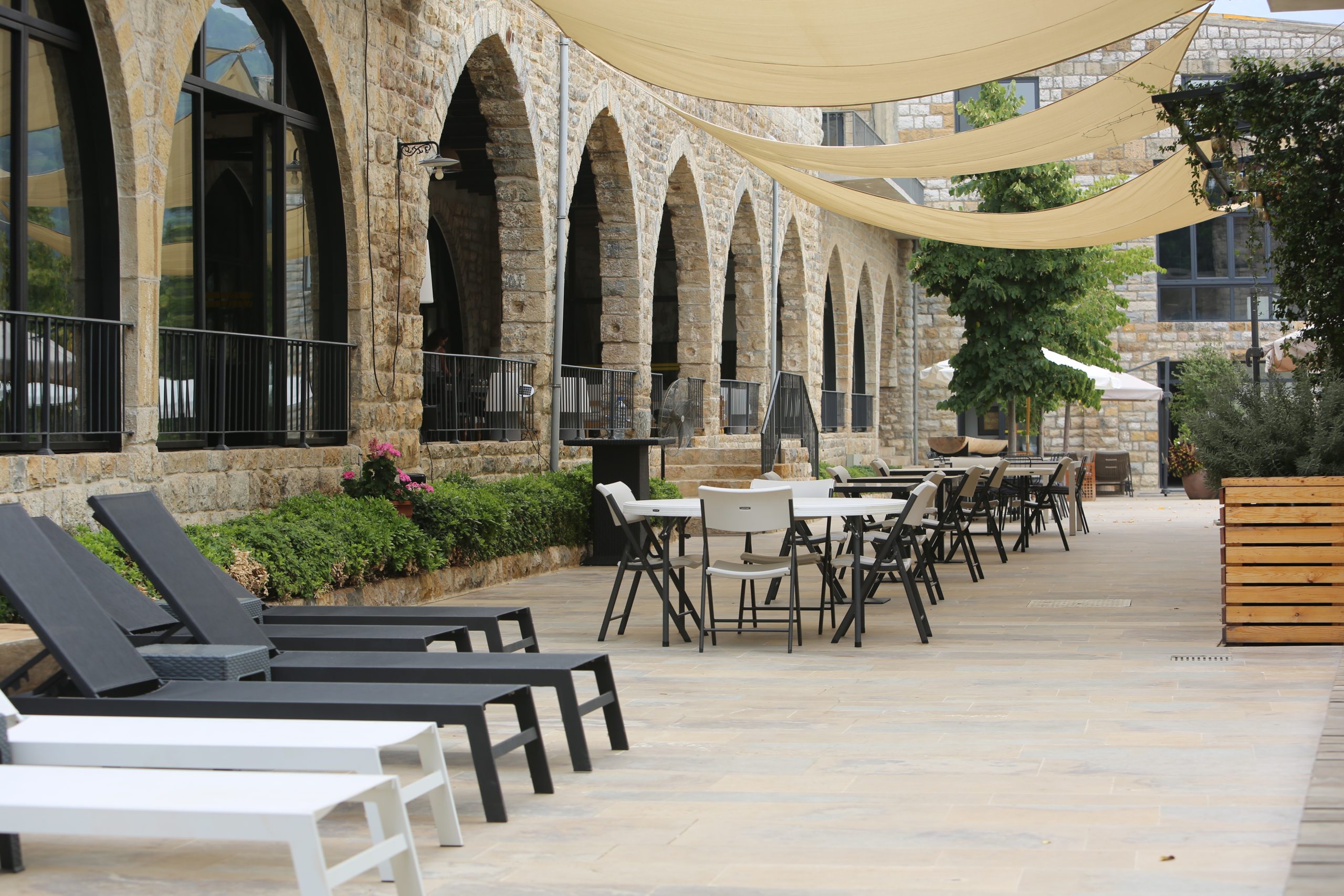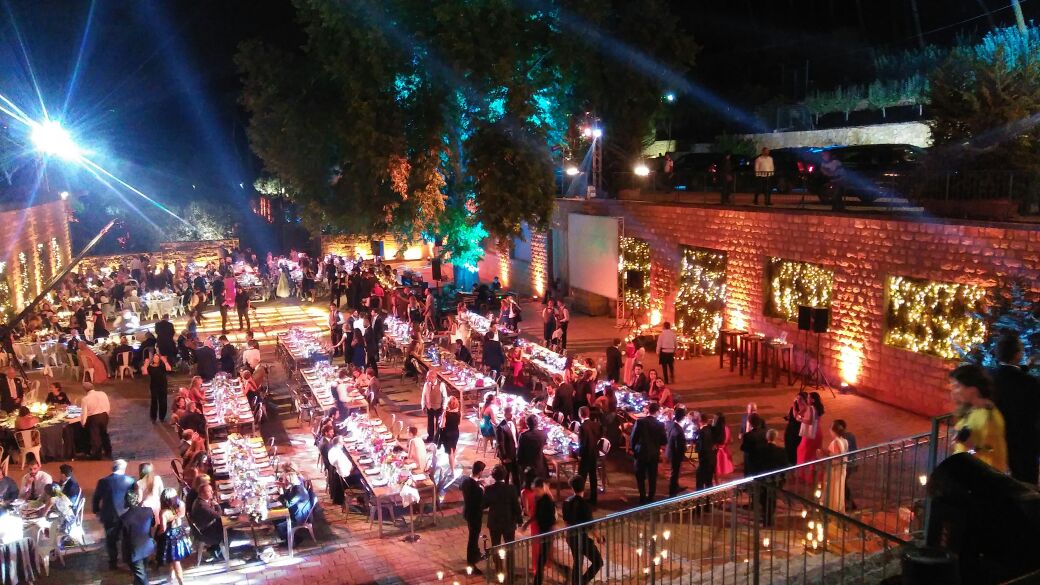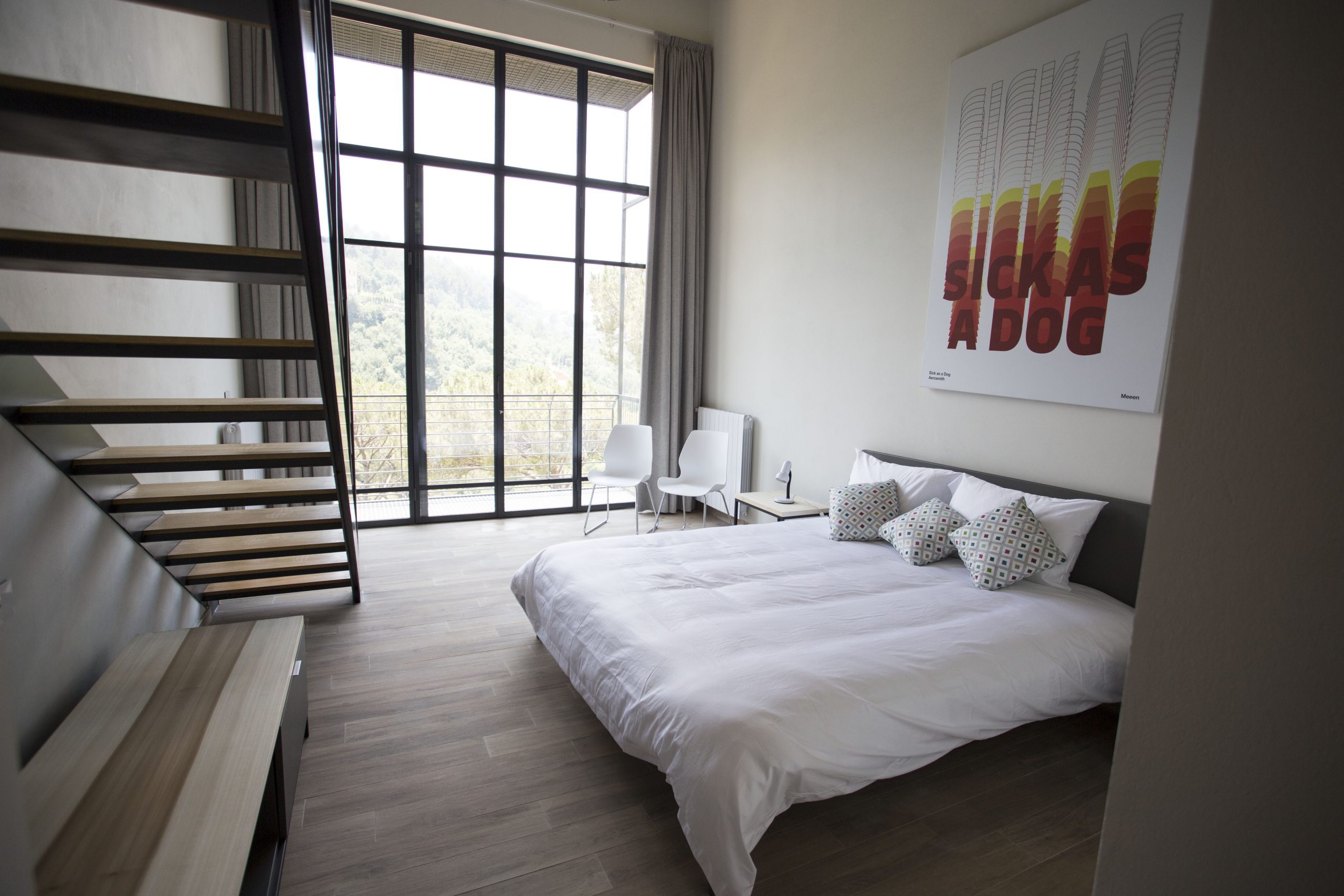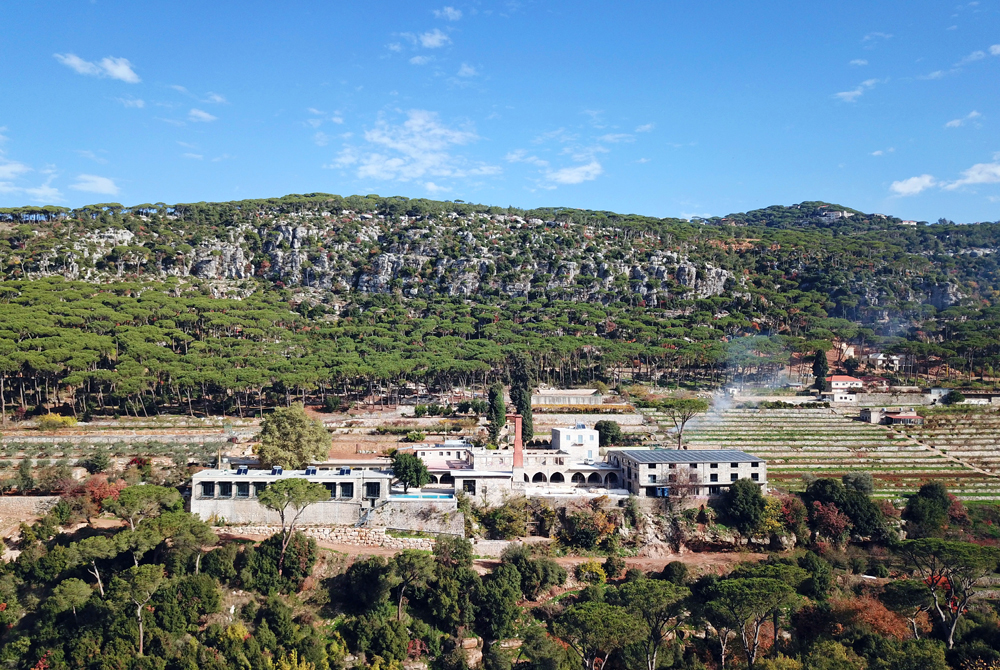

Once the beating heart of Lebanon’s economy, old silk factories now sit abandoned around the country’s rural landscapes, crumbling away. However, in the Arbanieh-Broummana Valley, the 175-year-old Hamada Silk Factory has been gifted a new lease on life as a boutique resort steeped in history. Now called The Silk Valley Resort and Wellness Centre, the renovated silkworks – comprising several buildings and a historic 40-meter chimney stack – overlooks a majestic pine and oak forest with ravines older than the erstwhile factory itself. An infinity pool now allows guests to truly appreciate the view, and areas of the complex have been purposely left in ruin for private events, weddings and parties, while smaller annex buildings and the structure that housed the factory have been converted into 15 guest rooms, a villa, a 3 bedroom house, spa facilities and lounge areas. “Before we turned it into a guesthouse, people were always asking to come and look inside the complex, take photos,” People have a fond nostalgia for this era of Lebanon. Many in the nearby villages had grandparents who had worked here when the factory was active, or an heirloom that was bought because they could afford it with their factory income. In the 1830s, Lebanon became a hub of silk production; with labor cheaper here, silk could be produced at half the price of what it would cost in Europe. French merchants began constructing silk mills, planting mulberry trees and importing silkworms from China, then training young Lebanese village girls how to process the silk. The industry flourished until the 1950s, when cheaper Indian and Chinese silk entered the market, and the factories were gotten rid of. The French family that ran this factory sold it to Aoun’s grandparents; it was later bought by an American adhesive manufacturer. In 1975, when the Civil War broke out, the factory was abandoned. It was once again put up for sale in 1996
With fond memories of their childhood, Albert and Edward Aoun decided to buy it and bring it back into the family fold. It was not until 2019 that a plan to convert the complex into a guesthouse resort was put in place. Helmed by architect Amine Iskandar, known for his sensitive approach to heritage buildings, the renovation was in full swing: the land was planted with fruit trees and grapevines, and minimal, but effective design interventions slowly started transforming the forgotten factory into a charming holiday destination; its patina intact. “We fixed it up nicely and appointed some contemporary furniture that didn’t distract from the views or feel out of place. Where the diesel tanks were, we turned it into a swimming pool,” Albert Aoun explains. “The main warehouse became the restaurant, kitchens, and a gallery salon where work by local artists and artisans is showcased.” The building that was once used to safekeep silk cocoons before they were shipped back to France – it was crumbling by the time the renovation was implemented – was turned into a spa with an indoor pool, jacuzzi, sauna, and a gym. “We added six more bedrooms with terraces overlooking the valley and converted a small villa and a house where the site managers used to live into ‘The Blue House’, a cozy two-bedroom space and a 3-bedroom “Garden House” for those looking for a more secluded stay @thesilkvalley
Serail of Salima, Karoub Molasses Artisans in nearby Qsaibeh, Santa Veronica Guiliani Monastery in Qsaibeh, and nearby Ottoman bridges Hammana village square.



